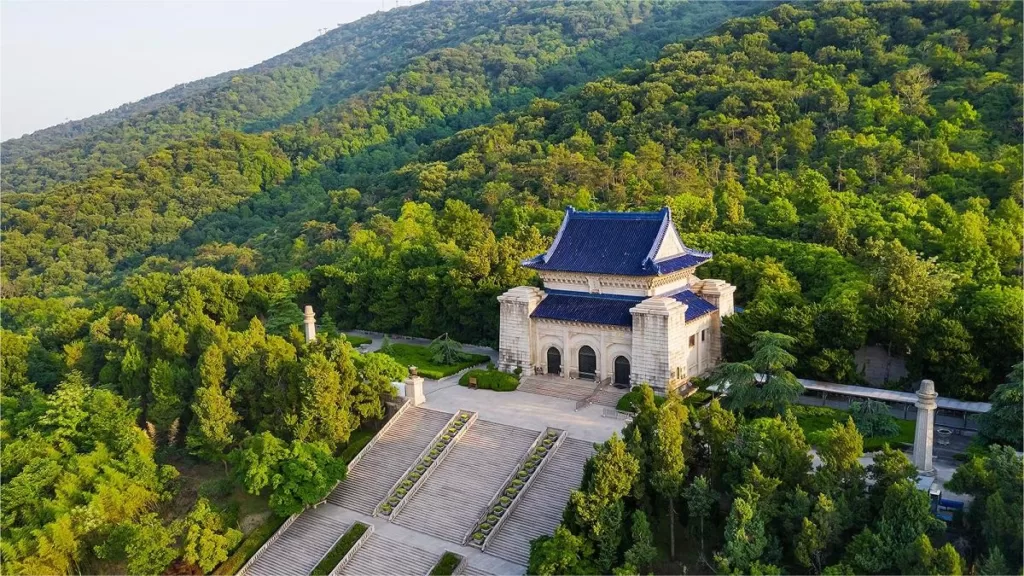When was the Sun Yat-sen Mausoleum built


The Sun Yat-sen Mausoleum, also known as the Mausoleum of Dr. Sun Yat-sen, is a grand memorial located in Nanjing, China. It was built to honor the memory of Dr. Sun Yat-sen, a pivotal figure in the Chinese revolution and the founding father of the Republic of China. Here is a detailed introduction to the construction of the Sun Yat-sen Mausoleum:
Background:
The idea for constructing a mausoleum to commemorate Dr. Sun Yat-sen emerged soon after his death in 1925. Dr. Sun played a crucial role in overthrowing the Qing Dynasty and promoting modernization in China. To honor his contributions, plans were made to build a fitting memorial that would embody his ideals and values.
Location Selection:
Nanjing was chosen as the site for the mausoleum due to its historical significance and its proximity to where Dr. Sun Yat-sen’s political career flourished. The chosen location was Zijin Mountain (Purple Mountain), which is renowned for its natural beauty and cultural heritage.
Architectural Design:
The design of the mausoleum was entrusted to Lu Yanzhi, a prominent Chinese architect. He employed a combination of traditional Chinese architectural elements and Western architectural techniques to create a unique and harmonious structure. The overall design concept is based on the principles of symmetry, simplicity, and grandeur.
Construction Phases:
The construction of the Sun Yat-sen Mausoleum took place in several phases over a number of years:
- Phase 1: The initial phase involved site preparation, including excavation, leveling, and landscaping the surrounding area. Construction began in 1926.
- Phase 2: The second phase focused on building the main structures of the mausoleum. This included the monumental gate, the Memorial Archway, the Sacred Way (a path lined with stone statues and trees), and the main hall.
- Phase 3: The final phase involved the construction of the tomb itself, which is situated at the top of the mountain. The tomb is a circular building with a white marble sarcophagus containing Dr. Sun Yat-sen’s remains.
Symbolic Elements:
The Sun Yat-sen Mausoleum incorporates various symbolic elements that represent Dr. Sun’s revolutionary ideals and Chinese culture. These include the Memorial Archway, which signifies the importance of remembering history, and the Sacred Way, which represents the path to enlightenment and progress.
Completion and Inauguration:
The construction of the Sun Yat-sen Mausoleum was completed in 1929, four years after its inception. On May 26, 1929, the mausoleum was officially inaugurated, and a solemn ceremony was held to commemorate Dr. Sun Yat-sen’s legacy and unveil his tomb to the public.
Significance and Legacy:
The Sun Yat-sen Mausoleum holds significant historical and cultural importance in China. It serves as a symbol of Dr. Sun Yat-sen’s ideals, the republican revolution, and the pursuit of national unity and modernization. The mausoleum is a popular tourist attraction, drawing visitors from around the world who come to pay their respects and learn about China’s revolutionary history.
In conclusion, the Sun Yat-sen Mausoleum was built in Nanjing, China, as a monumental tribute to the revolutionary leader Dr. Sun Yat-sen. Its construction spanned several years and involved the creation of grand structures and symbolic elements that embody his ideals. The mausoleum stands as a significant landmark, symbolizing the pursuit of progress and unity in modern China.